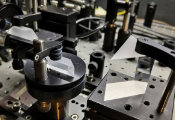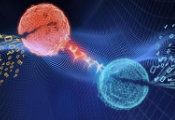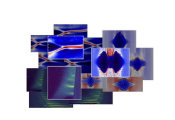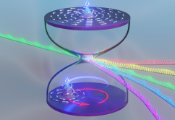Unveiling the Structure of an “Invisible Magnet” Using a Quantum Sensor
July 18, 2025 -- A research group led by Moeta Tsukamoto (graduate student at the time), Project Associate Professor Tomoya Higo (at the time), Assistant Professor Kento Sasaki, Professor Satoru Nakatsuji, and Professor Kensuke Kobayashi from the Graduate School of Science at the University of Tokyo, in collaboration with Professor Yoshichika Otani and Associate Professor Shinji Miwa of the Institute for Solid State Physics at the University of Tokyo, Senior Research Scientist Kota Kondo (at the time) of RIKEN, and Professors Christian Degen and Pietro Gambardella of ETH Zurich, has succeeded in observing the internal structure of magnetic domain walls in the antiferromagnet Mn₃Sn, which exhibits octupole ordering.
The domain structure of antiferromagnets is considered a key element for next-generation high-speed, energy-efficient spintronic devices. Because antiferromagnets emit almost no stray magnetic fields, they hold promise for high integration density. However, this very characteristic also makes it extremely difficult to observe internal structures such as magnetic domains and domain walls. In this study, by using a diamond quantum sensor to monitor changes in the stray magnetic fields during the domain control process of high-quality Mn₃Sn crystals, the researchers successfully revealed the internal structure of domain walls that preserve the octupole ordering. These findings not only deepen the fundamental understanding of multipolar orderings but also provide valuable insights for future device development.
This research was published as a Letter in Physical Review B, a journal of the American Physical Society, and was selected as an Editors’ Suggestion.
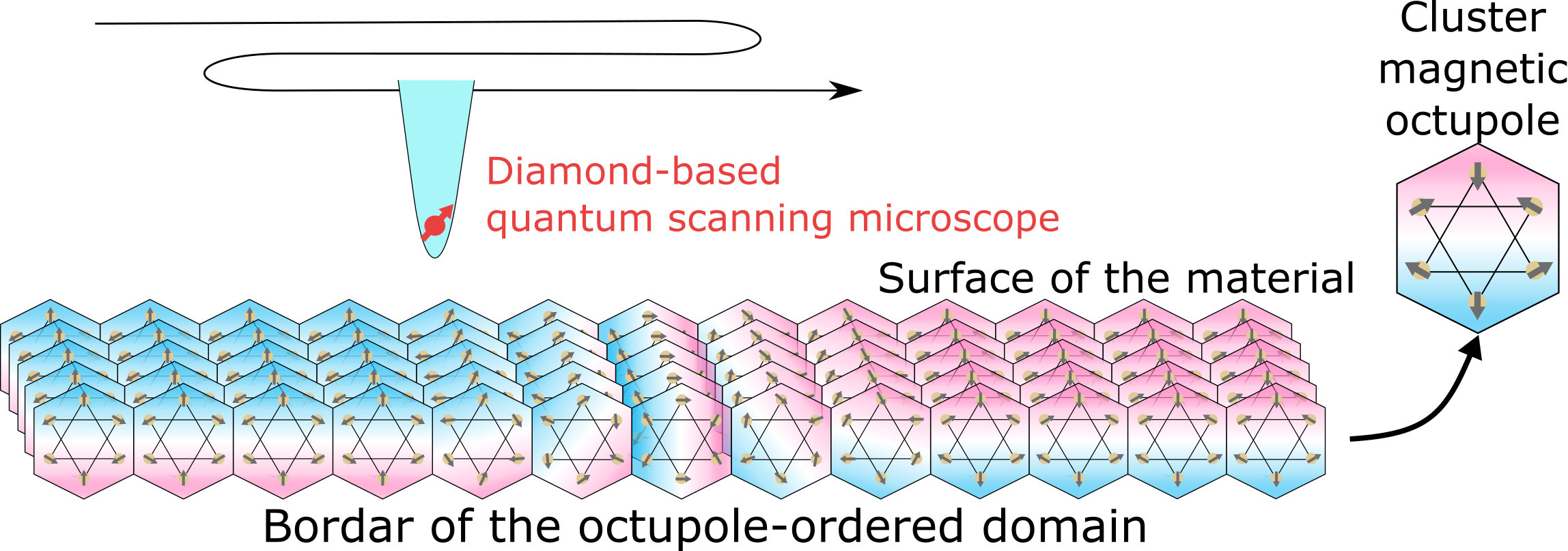
Illustration of the measurement of a domain wall structure in which the orientation of magnetic octupoles (hexagons) gradually changes in space (indicated by blue and red directions). Each magnetic octupole is composed of six magnetic dipoles (gray arrows at the vertices of the Star of David). By scanning the surface of the material with a nanoscale quantum sensor, researchers revealed the spatial structure of these octupoles.


